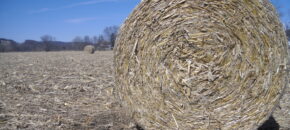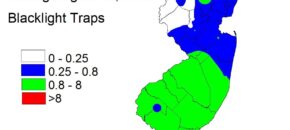
Livestock producers who rely on purchased feed have an opportunity in this drought to purchase standing dry corn fodder (field corn, sweet corn) to offset potential shortages in hay availability due to waning pasture production. Due to the variability in precipitation during silking, many areas in NJ have fields that have acres of good corn, […]
Continue reading...



